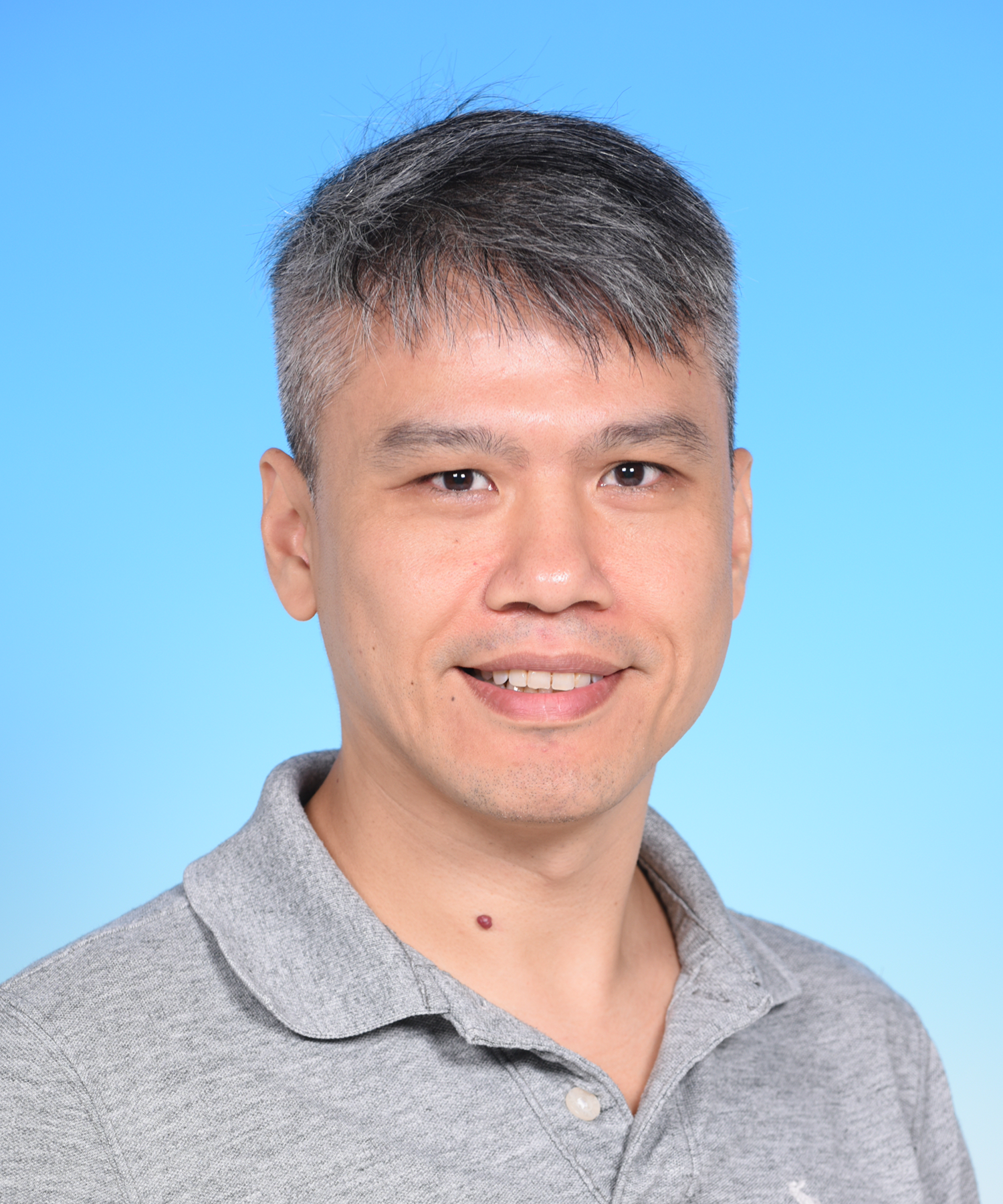Maximizing Student Potential by Choosing the Right Pedagogical Approach
 |
Prof. Gibson LAM is Assistant Professor of Engineering Education in the Department of Computer Science and Engineering. A dedicated teacher, he strives to enhance students’ learning experience by actively exploring new ways of teaching. He received seven teaching awards previously, including the SENG Teaching Excellence Appreciation Award 2022-23 and 2017-18.
|
By Prof. Gibson Lam
The world is moving at an incredible pace. Our way of life, technologies and everything else are supercharged to the extent that what we did just one year ago is quickly becoming obsolete. Education is no exception. We have ICT-powered pedagogical innovations of yesteryear such as online learning, flipped classroom and the likes being overshadowed by the new darling, generative AI. And in one year from now, I may not even have a job! (Note: For those who are unaware, I recommend searching and reading the article on Asia’s First “AI Lecturers” from the recent HKUST press release.)
It is undoubtedly a good thing for educators to have an abundance of choices with these advanced pedagogical tools. However, I think a more crucial aspect of university education is how we can maximize our teaching with these tools for the majority of our students, ensuring that they can fulfill their full potential.
Let’s consider one of my undergraduate courses, COMP 1021 Introduction to Computer Science, as an example. We have more than 1,500 and close to 1,000 students in each fall and spring semester respectively. As a result, it is inevitable that we have a diverse range of students with varying backgrounds and abilities. As it is an introductory course, our primary focus is on helping those who may not have a computing background. To achieve this, a wide array of web-based interactive examples and exercises are developed for all topics covered in the course. In addition, programming exercises are supplemented with comprehensive video-guidance. While we may not be able to fully satisfy the appetite of the more capable students, the non-computing students benefit greatly from the course.
Now, let’s take my another course, COMP 4431 Multimedia Computing, as example. Since 2021, this course has adopted a blended learning delivery mode, supported as part of a Center for Education Innovation (CEI)-funded initiative during the pandemic. Students enrolled in this course are senior students from Computer Science related majors and therefore they have the knowledge and proactiveness to self-study course content through lecture videos. They then engage in interactive activities during the flipped classroom sessions. As a result, they gain a more in-depth understanding of the course materials, and the classes become a much more enjoyable learning experience for both students and myself as the instructor.
These examples demonstrate that educators should focus on the student needs, rather than blindly pursuing the next big pedagogical innovation. Thankfully, the School of Engineering and CEI offer plenty of support in this regard, giving us huge flexibility in molding our teaching approaches the way we want. (Provided we are not replaced by AI lecturers any time soon!)

